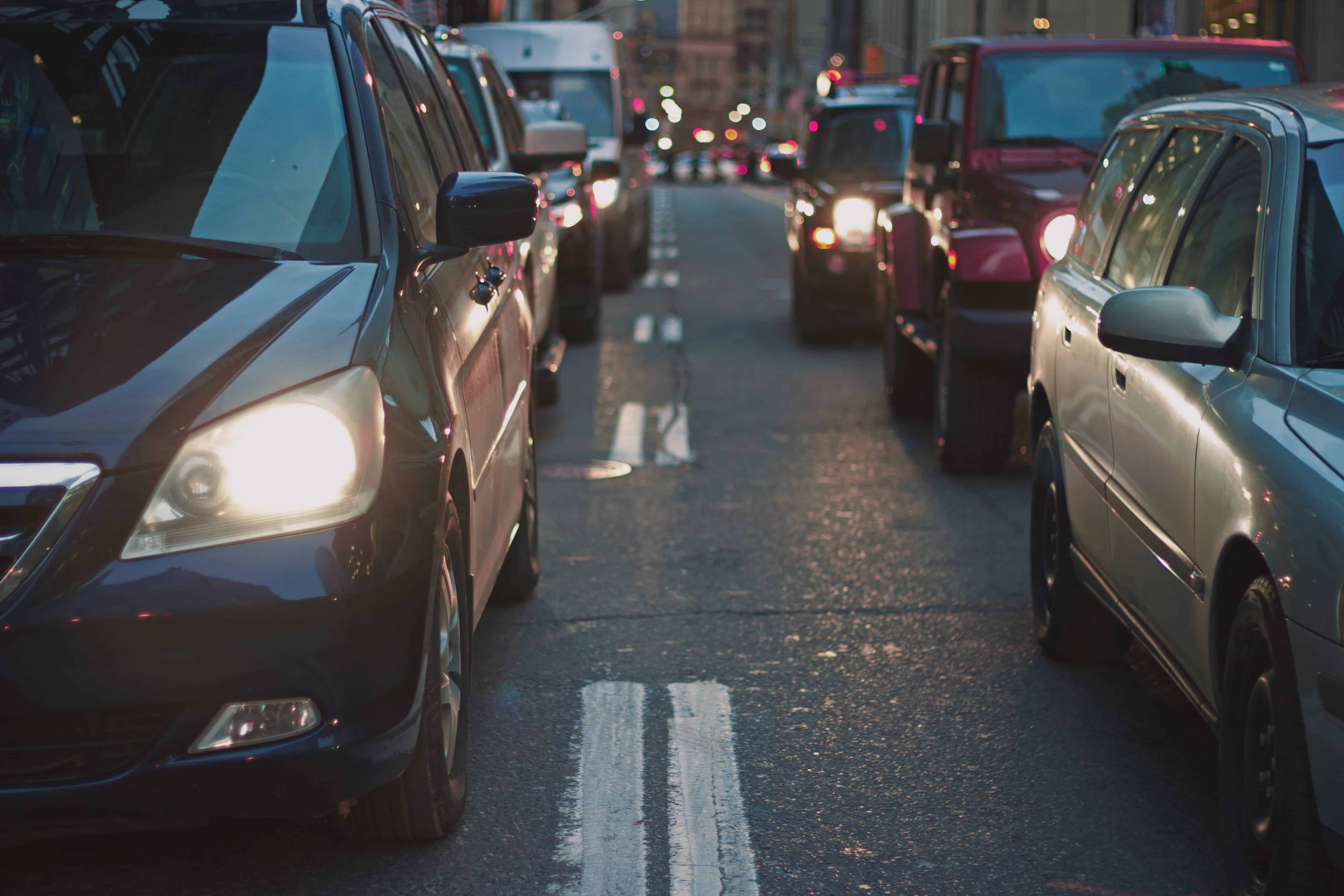
We currently have no way to assess the situation here in Pennsylvania
Grist recently published an important and timely article that lays bare the importance of mobility justice work. Every year in America more than 30,000 people are killed in crashes on our nation’s roads.
Last year that number rose to more than 38,500 (the deadliest year on record since 2007) and the victims of these fatalities were disproportionately Black, skyrocketing 23 percent over 2019’s numbers. Black Americans comprise 13 percent of the U.S. population, but last year they made up nearly 20 percent of traffic fatalities.
“From 2010 to 2019, Black pedestrians were 82 percent more likely to be hit by drivers than white pedestrians, according to a new report from Smart Growth America, an urban development advocacy group.”
Local journalist, Ed Blazina, recently raised awareness of similarly disturbing figures in a recent article in the Post-Gazette that summarized findings from The Governors Highway Safety Association’s report, “An Analysis of Traffic Fatalities by Race and Ethnicity.” That report found that during the period of 2015-2019, Native Americans and Alaska Natives died in crashes at a rate of 145.6/100,000 people and that Black people died in crashes at a rate of 68.5/100,000. White people died at a rate of 55.2/100,000. The national average was 58.1/100,000.
People of color (except Asian people who had a substantially lower per-capita rate of total traffic deaths) also died at a higher rate in crashes as pedestrians and bicycle riders according to GHSA’s data. As pedestrians, the fatality rate was 30.7/100,000 for Native Americans, 15.0/100,000 for Black people, 9.0/100,000 for Hispanic/Latino people vs 7.2/100,000 for white people. Fatality rates were much closer for bicycle riders, but still, there was still a disparity: 2.1/100,000 for Native Americans, 1.5/100,000 for Black people, 1.2/100,000 for white people.
Experts in both articles believe these disparities in the lack of safe streets infrastructure investments in communities of color. Places where these lower-income communities reside also tend to lack sidewalks, painted crosswalks, and other traffic calming such as bike lanes, speed humps, and bump-outs for pedestrians.
As Charles T. Brown, founder of Equitable Cities, stated to Grist, “Even with fewer people driving as we saw with COVID-19, we’ll still see greater disparities in traffic crashes until we have a reparations-style infrastructure investment in Black, Latino, and Native American communities,” Brown said. This is because the likelihood of a person of color being injured in a traffic collision has direct ties to decades of racist urban planning.”
Unfortunately, there’s currently no way of knowing how bad the problem is here in Pennsylvania because PennDOT does not track the race/ethnicity of those killed in traffic crashes. The first step to addressing a problem is assessing the situation. We will be bringing up this issue at the next quarterly state Pedestrian and Pedalcycle Advisory Committee meeting that PennDOT hosts.
Read more at Grist.org
Read more at Post-Gazette.com